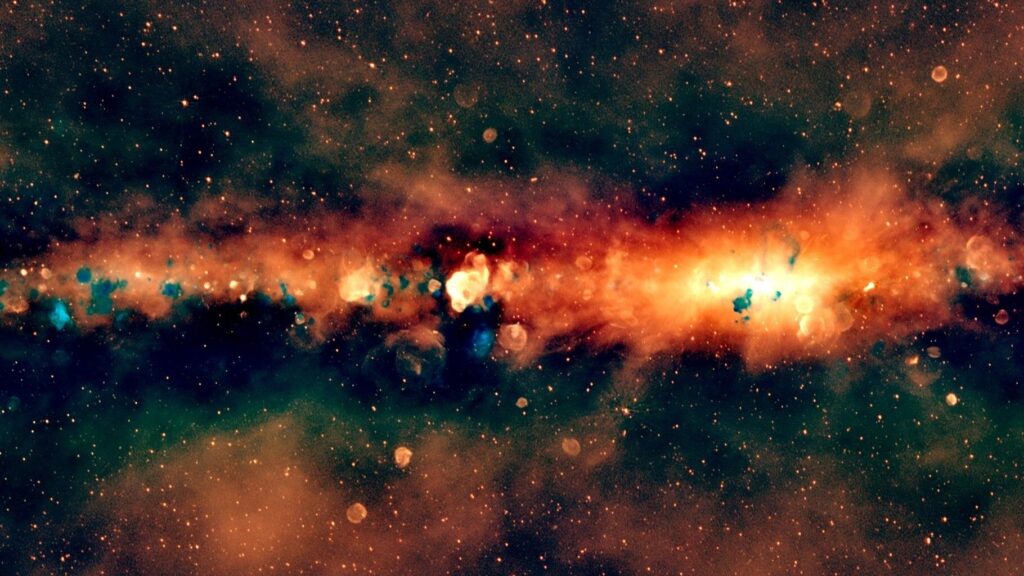simple facts
What is it: Southern hemisphere view of the Milky Way galaxy
Where is it: around us
Share date: October 29, 2025
Because we are located within the Milky Way galaxy, we cannot see or image the entire Milky Way galaxy. Only a portion of the galaxy can be observed from Earth, but when you look up into the dark, clear night sky from a location free of light pollution, the Milky Way appears as a complex, crowded band of stars and dust. This is a side-on view of the dense galactic plane of our galaxy. And that’s exactly the perspective of visible light.
Sylvia Mantovanini, a PhD student at Curtin University in Australia, spent almost 40,000 hours compiling data from two surveys called Galactic and Extragalactic All-Sky MWA (GLEAM) and GLEAM eXtended (GLEAM-X). The GLEAM and GLEAM-X surveys, conducted using the Murchison Wide Field Array Telescope, yielded a wealth of data over 28 nights in 2013 and 2014 and 113 nights from 2018 to 2020.
you may like
The International Center for Radio Astronomy Research (ICRAR) said in a statement that the new image has twice the resolution, 10 times the sensitivity and twice the coverage compared to the previous GLEAM image released in 2019, thanks to significant improvements in sky coverage, resolution and sensitivity. Researchers say this level of sensitivity and resolution can only be surpassed by the SKA-Low telescope, an array of tens of thousands of radio antennas scheduled to be completed over the next decade.
This extensive survey map is the largest low-frequency radio color image of the Milky Way ever created. The researchers said this galactic landscape marks an important milestone because most of the imaged regions have never been observed at these frequencies.

Low-frequency radio waves revealed the remains of exploding stars and regions of ionized gas where new stars are forming. The “color” of radio waves captured in images helps astronomers distinguish between different objects in the sky. Large red bubbles indicate dead stars and their expanding shells, while dense blue regions are where new stars are born.
The survey includes more than 98,000 radio sources (including pulsars, planetary nebulae, and compact star-forming regions) spread across the plane of the Milky Way as seen from the Southern Hemisphere. The new images capture a star’s life cycle from start to finish: its evolution, its formation in different regions of the galaxy, its interactions with other celestial bodies, and ultimately its death.
The research team’s findings were published on October 28 in the journal Publications of the Astronomical Society of Australia.
For more sublime space images, check out this week’s space photo archive.
Source link

